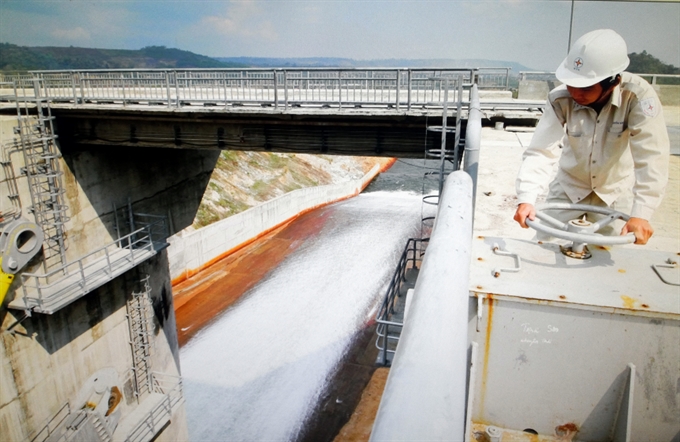Intensifying the protection of forests in the Central Highlands from encroachment by hydro power plants, illegal deforestation and unplanned agricultural development would be the key to preserving water in this drought hit region, experts have said.
Assoc. Prof. Lê Anh Tuấn, an advisor to Việt Nam Rivers Network, said the main supply of natural water in the Central Highlands is rainwater due to its high topography.
“Water is abundant in the rainy season but a shortage of water occurs during the dry season. Forests are the only factor that could reserve water from the rainy season for the dry season naturally,” he said.

Originally, the region had the largest proportion of primary forest in the country; 31.9 per cent of the country’s total area. However, the forested area in the region has dropped with an average loss of 51,200 hectares each year.
Construction of power plant dams and reservoirs on the region’s main rivers, unplanned plantations of industrial crops, and deforestation due to illegal migration have hastened the decrease of forest area over the decades.
The reclamations of forest land and overexploitation of water for development have reduced the proportion of water in the region. These plus climate change and the El Nino phenomena have resulted in severe droughts in 1983, 1988, 1993, 1998, 2003, 2004, 2005, 2010, 2013, 2015 and 2016.
This year’s drought is the worst in 20 years. A report released by the Ministry of Agriculture and Rural Development in April this year said a total of 160,000ha of plants were in critical shortage of water, creating an approximate economic loss of VNĐ100 billion (US$4.5 million) for each locality among Gia Lai, Kon Tum, Đắk Nông, Đắk Lắk and Lâm Đồng.
The drought has dried up rivers, streams and underground water sources. According to Dương Ngọc Đức of the central government’s Steering Committee for the Central Highlands, 35 per cent of rivers and 40 per cent of streams in the region have dried up.
Đức added that reservoirs in the region were nearly empty as well.
Experts urged urgent and proper action to save water for the region as well as to adapt to the shortage of water due to the human causes and impacts from climate change and El Nino.
Đức and Dr Vũ Tiền Giang from Hà Nội National University came up with a tighter water management policy and sharing mechanism between sectors and localities. Giang said a priority order is needed for the mechanism of sharing.
Tuấn continued that power plants near the region’s Cát Tiên, Ngọc Linh and Chư Yang Sin national parks, and Nhân Cơ and Tân Rai bauxite projects consume the most water in the region, so reconsidering these development projects is an urgent request.
He and Dr Hồ Minh Thọ from the Federation for Planning and Investigation of Water Resources suggested the construction of reservoirs in the region’s low land areas to reserve water.
Assoc. Prof. Vũ Năng Dung from the Institute of Agriculture Planning and Engineering suggested that agriculture in the region should return to organic cultivation to reduce dependence on water.
Those experts took part in a workshop held yesterday in Gia Lai by the Steering Committee for the Central Highlands, Việt Nam Rivers Network (VRN) and PanNature. The 150-participant workshop concluded that intensifying the protection of forests and constructing reservoirs in low land zones are the top solutions to save the region from drought.

Leave your comment on this story